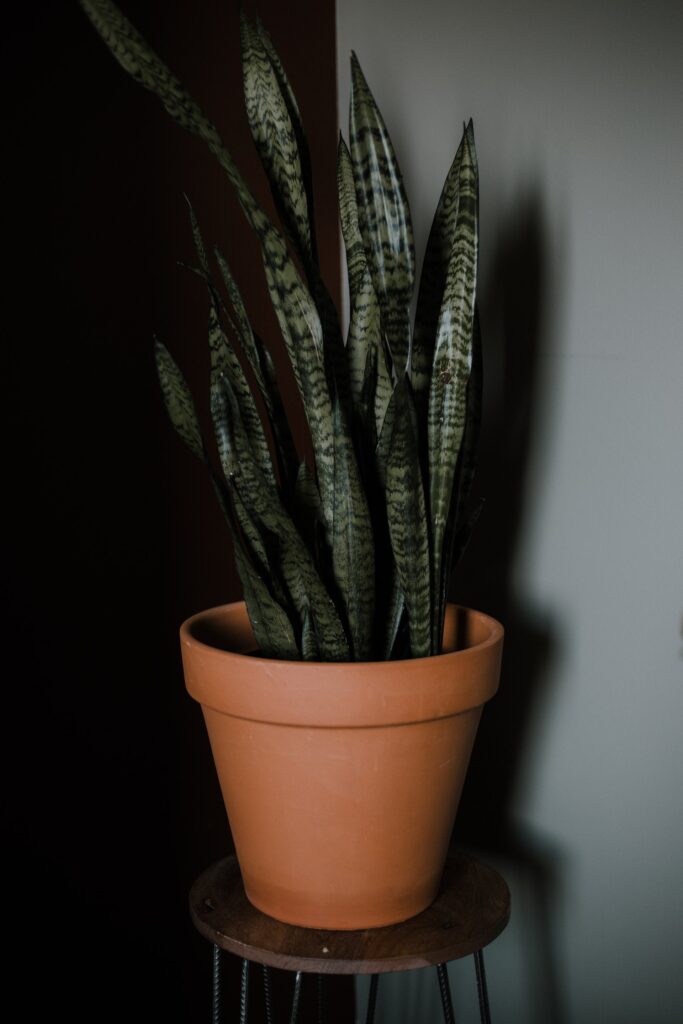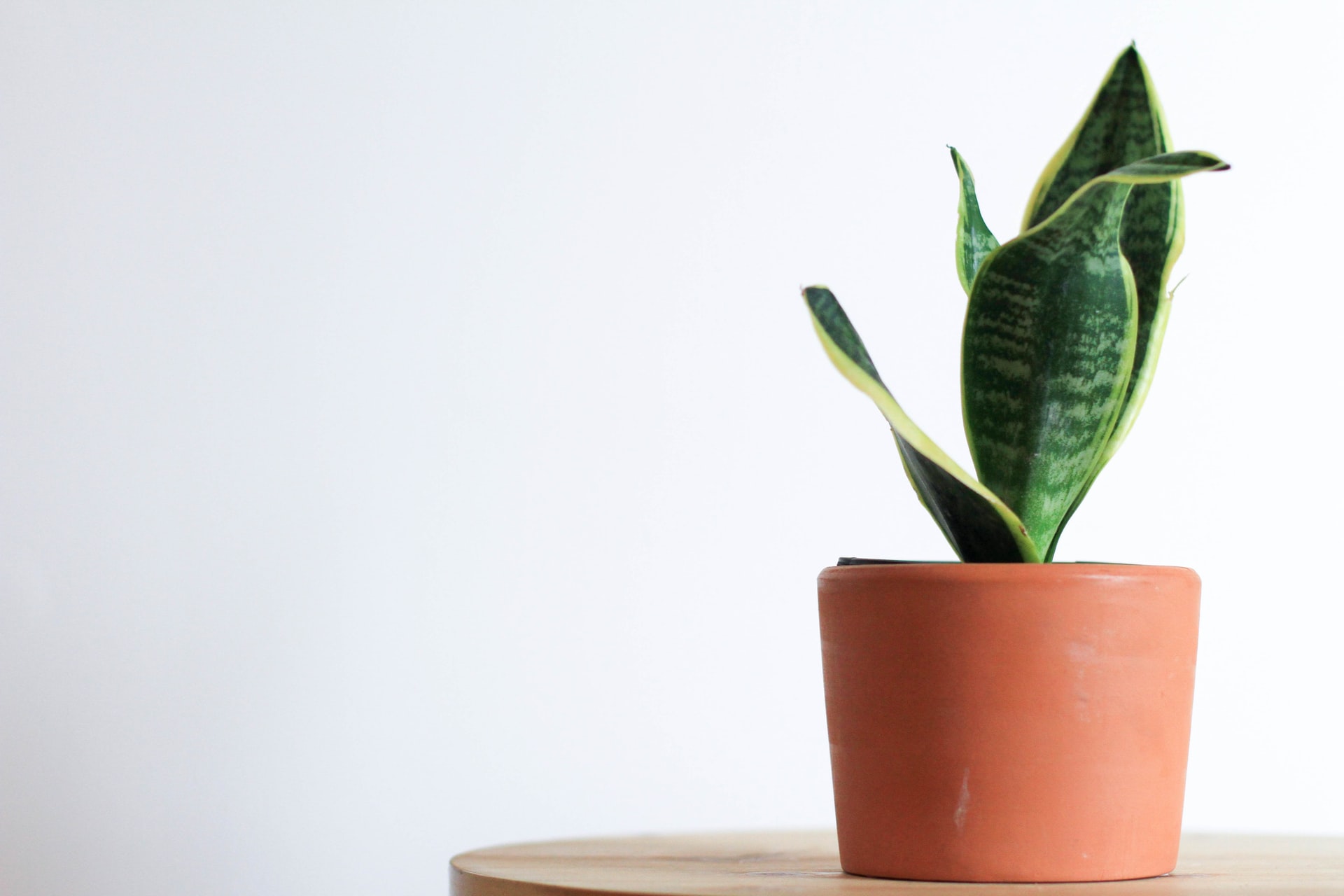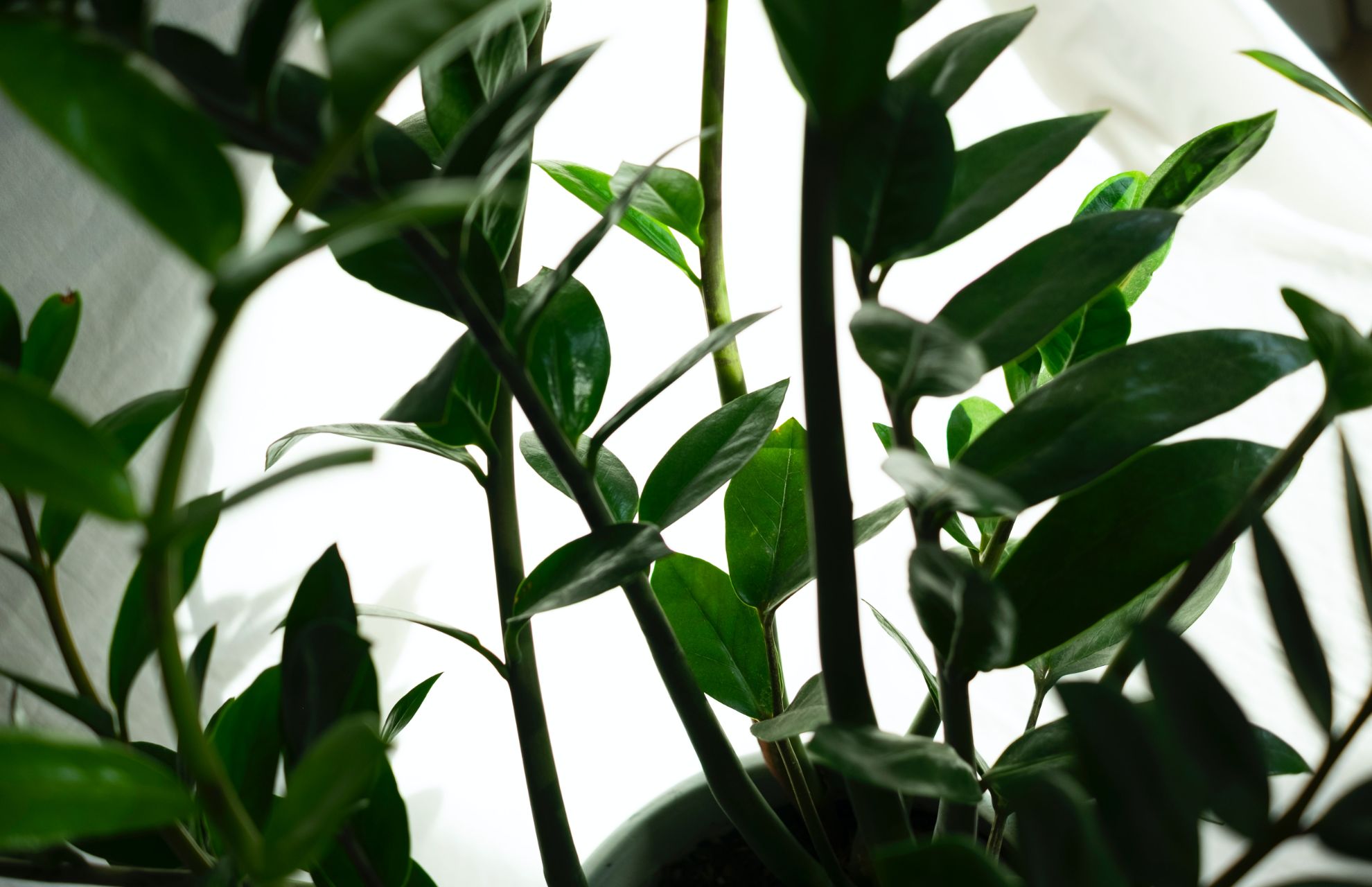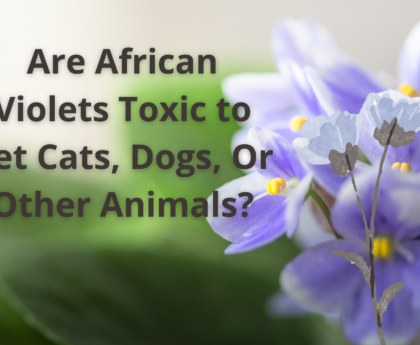Snake plants are popular houseplants because they are resilient and require little maintenance. Snake plants, on the other hand, are toxic to cats and dogs. Saponin is the sort of poison found in them. Saponin is a protective mechanism used by many plants to defend themselves against insects, bacteria, and fungus.
Are Snake Plants Toxic to Your Pet cats and dogs and Dogs?
Snake plants, also known as mother-in-tongue, law’s are poisonous to cats and dogs. Saponins, which are organic substances that protect plants against pests, bacteria, and fungus, are found in all areas of the plant.
Fortunately, saponins are only slightly poisonous, and most cats and dogs won’t eat that much of the plant in the first place.
You may be interested in:
- Are Bromeliads Toxic To Pet Cats
- Are Fiddle Leaf Figs Toxic to Pet Cats, Dogs, or Other Animals
- Are Air Plants Toxic to Pet Cats, Dogs, or Other Animals
- Is The ZZ Plant Poisonous for Cats, Dogs, or Other Pets
- Are Venus Fly Traps Poisonous To Cats
What If cats and dogs and Dogs Nibble on Snake Plants?
The first thing that will happen if your cat bites into your snake plant is that as the leaf breaks, the plant releases a poison called saponin. Your cat will have a highly bitter taste as soon as it receives some of this stuff in its mouth. There are a few symptoms that may occur if the cat consumes any portion of the leaves. Keep an eye out for:
- Vomiting
- Nausea
- Depression
- Diarrhea
- Drooling
- Pain or discomfort in the abdomen
- Appetite loss
- Mouth or throat swelling
If your cat already has a chronic disease or medical condition, the chances of it developing more severe symptoms grow. Hopefully, the cat will not try to eat any of the plant’s components since the poison would leave a terrible, bitter taste in its mouth as soon as it takes a bite. As a result, they may only consume a little portion of the plant (if any) and will likely spit the remainder out.
Fortunately, if your cat consumes a modest amount of saponin, it will not be lethal. If your cat exhibits any symptoms, they should only last 1-2 days. You should still contact your veterinarian and let them know what happened.
You should still take your cat to the vet just in case it ingested too much of the poison or if its symptoms are causing discomfort or distress. If your cat consumed a larger portion of the snake plant, the symptoms would most likely be more severe. If you see any swelling or itching, take your cat to the veterinarian straight once.
Your veterinarian will evaluate your cat to decide what treatment is required. Antihistamines and other drugs for allergies may be provided if necessary. These medications can assist to calm your cat’s upset stomach and GI system.
How To Keep Snake Plants Away from cats and dogs and Dogs?
You might attempt various strategies to keep your cats and dogs from playing with or eating snake plants.
You can attempt these strategies, but bear in mind that no strategy guarantees that your cat will not consume a hazardous plant. As a result, if your cat repeatedly tries to consume these plants, it’s better to remove them from your house.
1. Relocate the Plant
You might try to keep the plant away from your cat’s dining area, furnishings, and litter boxes.
One of the safest places for the plant is a room with a closed door so you don’t have to worry about your cats and dogs when you can’t keep an eye on them. Fortunately, snake plants do not require a lot of light and may thrive in spaces with little natural light.
2. Set the plant on a stand.
You may also try placing the plant on a plant stand or an isolated shelf to make it more difficult for your cat to reach. There are several plant stand styles to choose from, so you should have no problem picking one that complements the rest of your furnishings.
3. Make the plant stink
You might try to keep your cat away from the snake plant by surrounding it with aromas that cats and dogs dislike. Because most cats and dogs detest citrus odors, you may use the juice or zest of lemons, limes, or oranges to keep them away from the plant.
cats and dogs dislike cinnamon and cayenne pepper, so sprinkle either of these spices on the dirt.
4. Spray Pet Spray on Plant Leaves
There are various plant sprays on the market that work to keep pets from chewing on specific objects. The most common tastes are bitter apple or citrus. Keep in mind that cats and dogs have diverse tastes, so they may tolerate some sprays while rejecting others. As a result, it may take a few trials before you locate a spray that adequately repels your cat.
You’ll also need to choose a spray that is safe for the leaves of your plant. Begin by spraying a small section of the plant to observe whether it hurts it. Spray the plant’s leaves with the manufacturer’s suggested frequency once you’ve found a spray that works.
You may alternatively spray the leaves with a mix of one part vinegar and three parts water.
5. Cat Grass
If your cat simply loves nibbling on leafy items, steer it to cat grass. Cat grass is quite simple to cultivate and care for. It also includes minerals and fiber, making it a nutritious food for your kitties.

Conclusion
Some Snake plants just do not thrive in homes with cats and dogs, especially if the cats and dogs are highly curious. If you already have a toxic houseplant, you may attempt a few different strategies to keep cats and dogs from accidently eating it.
If you believe your cat has consumed a hazardous herb, contact your veterinarian immediately. It is always better to be safe than sorry.
Purchasing plants that are not hazardous to cats and dogs is the best and safest approach to maintain them in your house. Fortunately, there are many intriguing and enjoyable houseplants that are also safe for cats and dogs.
So, don’t be scared to let your imagination go wild. In no time, you’ll have a pleasant and peaceful house full with lovely plants and kitties.









